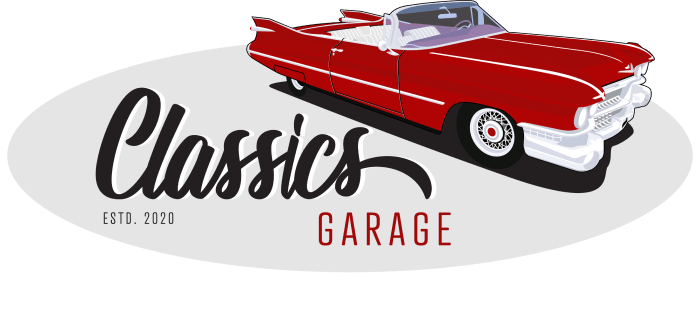They’re often dubbed loud, unrefined and just too big – yet even now, revheads around the world just can’t seem to get enough of American muscle cars.
So, what’s all the hype about? A muscle car is a term for high-performance American coupes, usually (but certainly not limited to) rear-wheel drive and fitted with a large displacement V8 engine. Although General Motors introduced the first proper muscle car in 1949, the term was coined for 1960s and early 1970s special editions of mass-production cars, which were specifically designed for drag racing.
The modifications made to American muscle cars were designed to hit the jackpot with the three A’s: acceleration, attitude and affordability. As a result, muscle cars became popular with young drivers – particularly young men – in the mid 1960s. Not only were they sleek, attractive and powerful, they were also an affordable option that could be driven for everyday street use and for formal and informal drag racing.
Even if one were to discard performance, it’s no secret that American muscle cars own their place in history purely based on pop culture alone. From the Fast and the Furious franchise to Dukes of Hazzard, many of our favourite films feature a muscle car not just as a prop, but arguably as a staple character themselves.
Although the exact definition of a muscle car is hotly debated by industry experts and automotive enthusiasts alike, muscle cars often have a combination of the following characteristics –
- A large V8 engine in the most powerful configuration offered for a particular model
- Rear-wheel drive
- Manufactured in the United States in the 1960s or early 1970s (the specific year range of 1964-1973 is often used)
- A relatively lightweight two-door body (opinions vary as to whether high-performance full size, compact and pony cars qualify as muscle cars, as some claim that only mid-size cars can qualify)
- An affordable price range, even as a collectors item
- Being designed for straight-line drag racing, while remaining street legal
On occasion, high-power pony cars are considered muscle cars, however vehicles that are marketed to the luxury sector are often too expensive to be considered muscle cars. Sports sedans are also not generally considered to be American muscle cars, since they are generally associated with circuit racing rather than drag racing. To simplify, muscle cars are an extension of the hot rodding philosophy of taking a small car and putting a large-displacement engine in it, purely for the purpose of increased straight-line speed.
What is classed as the “best” of the American muscle cars often varies depending on who you ask. Just a handful of the most well regarded models ever released include the Dodge Charger, Pontiac GTO, Chevrolet Camaro ZL1, Mustang GT and the Buick Grand National.
In Australia, The Big Three of the automotive industry (Holden, Ford and Chrysler) could smell the scent of money wafting in from across the ocean. In turn, they wasted no time in crafting home brewed muscle cars based on popular family-car models of the age, such as the Torana, Kingswood, Falcon and Valiant. Much like their American counterparts, these factory-spec muscle cars are now the darlings of the collector market.
Our universal love of American muscle cars can boil down to a variety of attractive theories – for some, it’s the power, while for others, it’s the relatively modern price tag. Regardless of where you sit on that spectrum, it’s no secret that they are the physical embodiment of a bygone era in time where cars weren’t just for getting from A to B – they were works of art.

